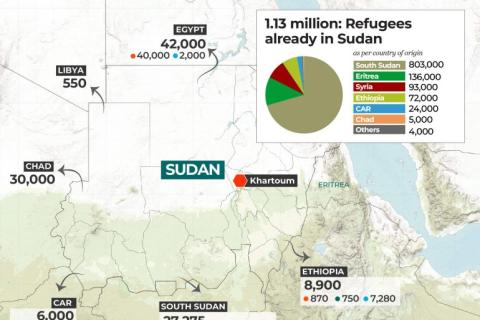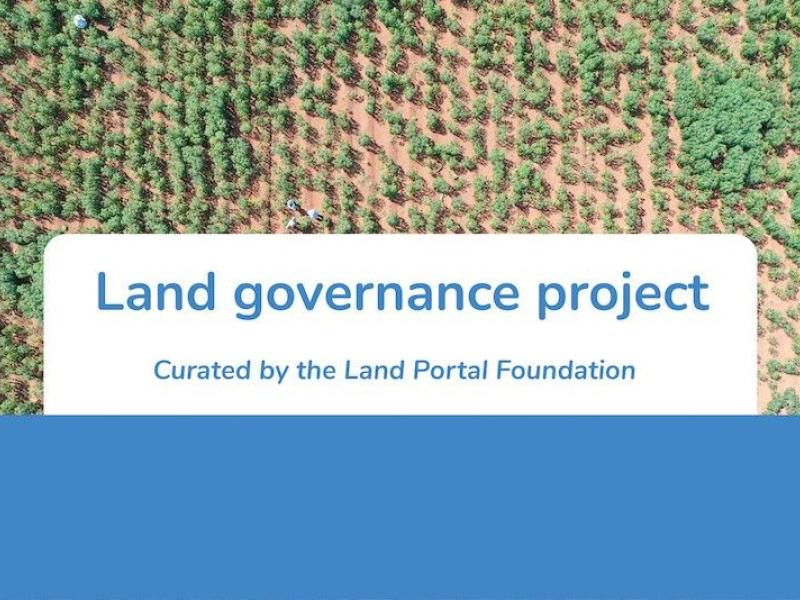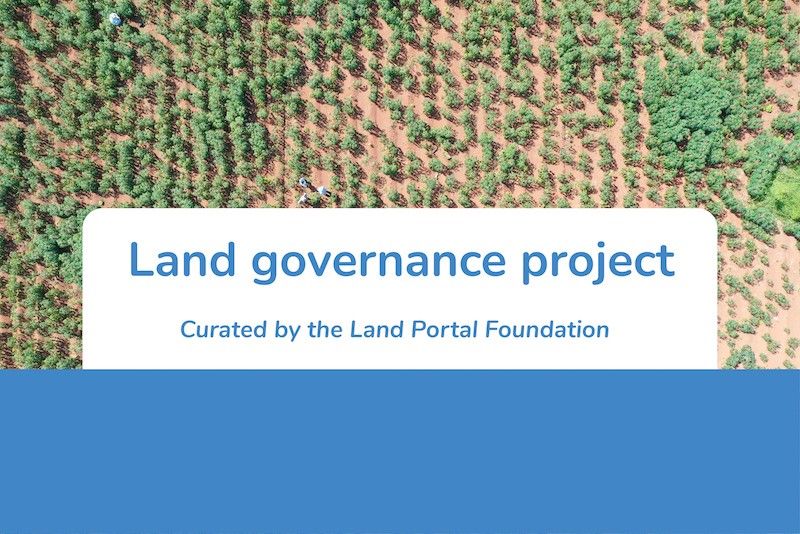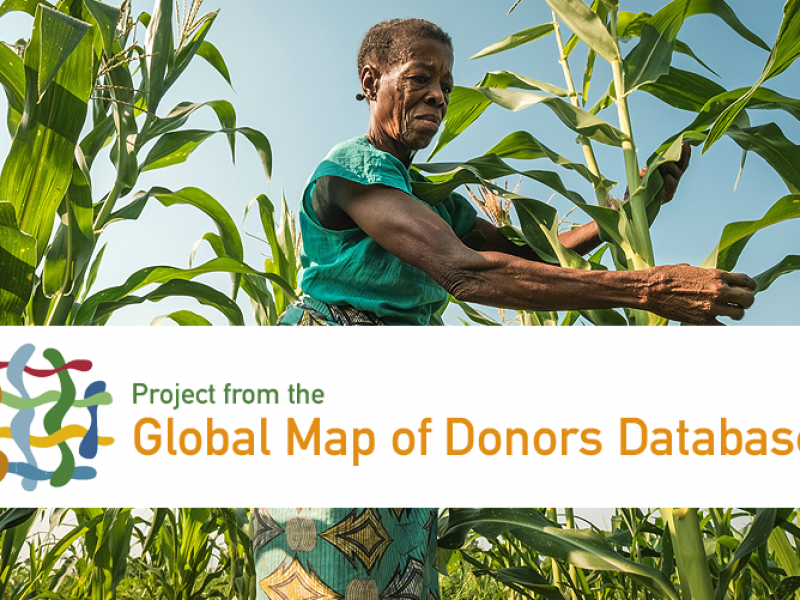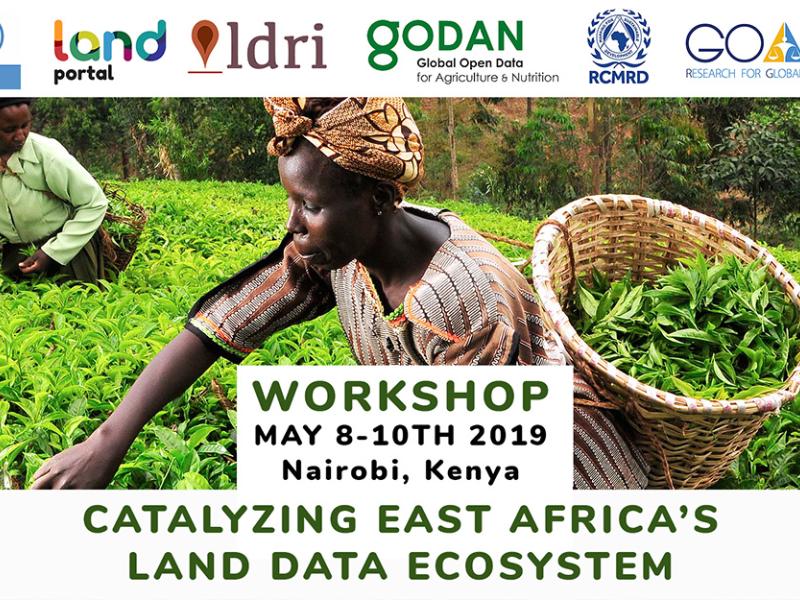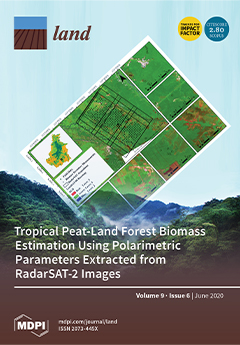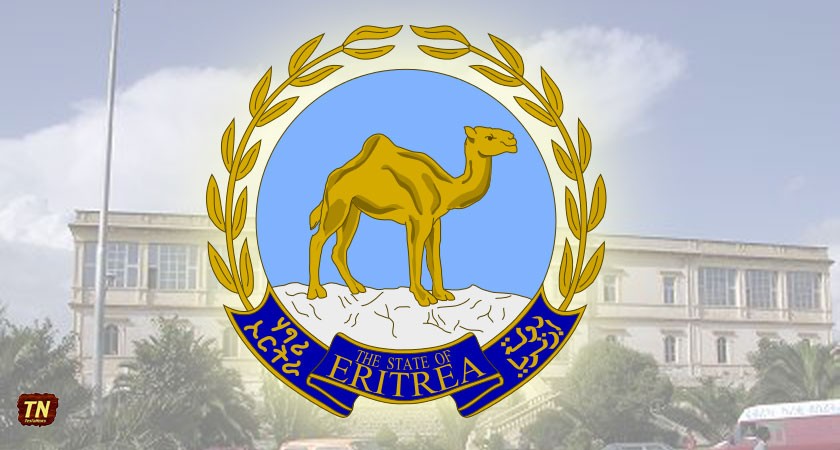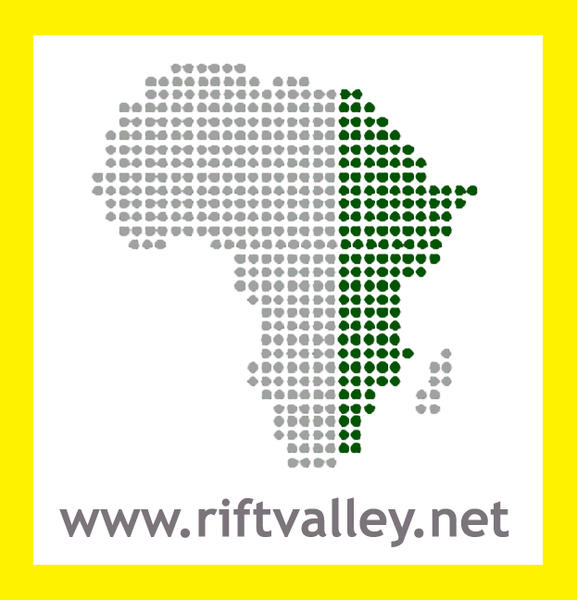Eritrea has been described as a ‘garrison state’. Following decades of war to win independence from Ethiopia in 1991, any social gains made by the Eritrean People’s Liberation Front (EPLF) during the liberation struggle were rapidly eroded. Newly independent Eritrea quickly fell under the authoritarian rule of Isaias Afwerki, who violently purged all political opposition, shelved the constitution, and disbanded the National Assembly to consolidate his personal rule which persists to the present day.
Socio-economic indicators
browse all
Land Area
12,104,082.9 ha
Total population
3,620,310
Urban population
35.8 %
Land-related indicators
browse all
Agricultural land
75.2 %
NewsBrowse all
23 May 2023
Eritrean refugees caught between crisis at home, Sudan conflict
Some Eritreans are reportedly missing in Sudan, raising fears of kidnappings by Eritrean authorities or traffickers.
Bilal Hashem last heard from his friend, a fellow Eritrean, on April 19 in Kassala, a city in eastern Sudan near…
13 July 2022
The Sahel – a 5,000km long strip of the African continent stretching from the Atlantic coast to the Red Sea – has become the most neglected and conflict-ridden part of the planet. Millions of people have been displaced in the region. Mass murders and property destruction occur almost daily.…
In Eritrea nearly 75% of the population still rely on peasant modes of agricultural production. Agricultural livelihoods are precarious as 70% of Eritrean land is hot and arid, receiving less than 350 mm of rain per annum.
EventsBrowse all
There is no doubt the Global Data Revolution has reached the land sector. Government data portals, open access academic journals, community mapping initiatives and other citizen-generated data - there is a palpable positive drive across the world that allows processes such as data collection to be…

